Sometimes wood in building material warehouses, on building sites or in furniture factories has areas of bluish discoloration. The stains are not just on the surface, but go deep into the joist or plank. This is blue mold or wood blue stain, a disease that can appear in wood even before cutting. Being different from normal, healthy wood, the question is whether it can be used. While the presence of the defect in wood used in furniture poses mainly aesthetic and finishing problems, in construction wood the questions are related to resistance. Is the compressive strength of wood affected by the presence of blue mold? Can wood with blue mold be used in the structural strength of a house? These questions are answered below.
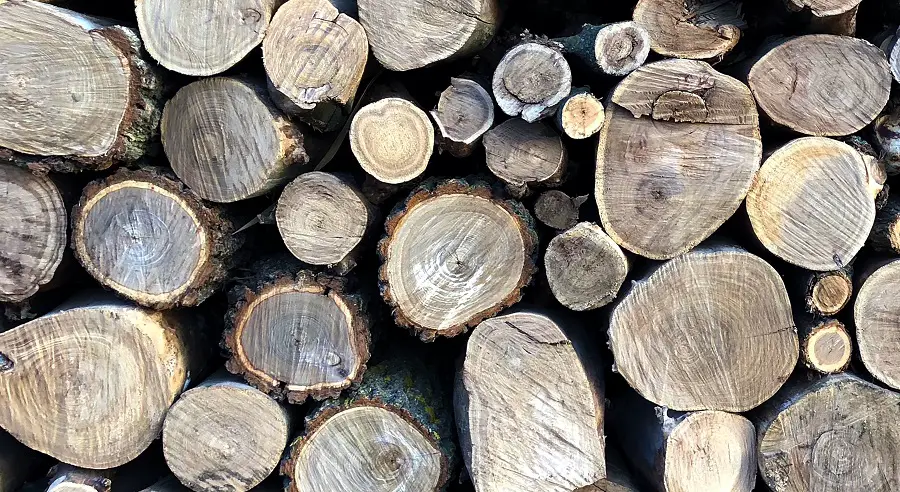
What causes wood blue stain
Wood blue stain is caused by the fungus Ophiostomatales of the family Sordariomycetes, a fungus that multiplies by spores. The filaments of the mycelium are brown, but turn bluish as they develop in the wood. The fungus can occur in wood before felling, between felling and sawing into planks, or during natural drying in the stack. When it occurs in the log, the blemish is more extensive, sometimes including the entire sapwood area. In planed wood it is more localized and is mainly found where the planking rests on the boards.
The development of the fungus is favored by the presence of oxygen and water. In standing trees it only occurs if the bark is affected. The amount of water in the tree is high, which results in a low amount of air, and therefore oxygen. However, if a wound in the bark occurs, the area becomes dehydrated and allows air to enter, favoring the appearance and development of the fungus. Another factor that allows it to develop before pruning is the bark beetle. It perforates the bark but is also a means of transportation for the spores.
In felled trees, the long time between felling and cutting favors the development of blue mold. The development of the fungus occurs at a percentage of water in the wood above 30%. If the log is not cut, the water comes out much more slowly and the fungus can grow. This is why it is recommended to cut logs into planks as soon as possible after felling. If, however, cutting has to be delayed, it is recommended to keep the logs in the water or to sprinkle them.
In the case of wood laid natural drying, The leaks prevent water from draining into the supporting areas of the planks, and there is a risk of blue mold growth. Because it develops when the water in the wood is above 30%, dry wood is not affected by blue mold, even if the outside humidity is very high. Only if it sits directly in water for a long period and the humidity rises above this limit is there a risk of infestation.
The fungus grows fastest at 25°C, but will also grow at lower temperatures.
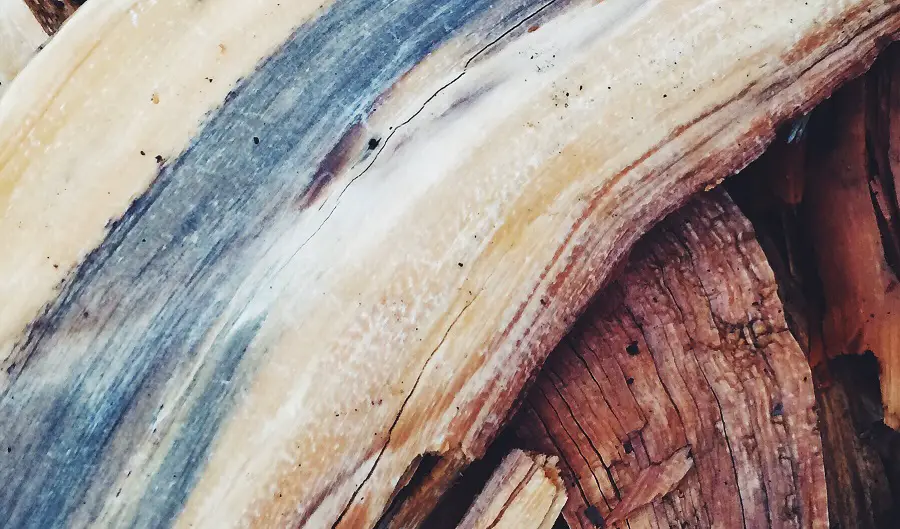
The difference between blue and black mold on exterior wood
Although it's called mold, wood mildew is very different from black mold that appears on houses or wooden objects outside. Blue mold needs moisture to be in the wood, grows inside the wood and is not dangerous to human health. During processing, infested wood does not release spores or other substances harmful to humans or animals.
Unlike blue mildew, black mold can appear on the surface of wood, even when the wood is finished. The spores are easily carried by the wind from one place to another, and it is enough to find damp, damp places and they grow easily. Growth is favored by outdoor air humidity. Spores released by black mold are dangerous and have a negative impact on human health.
How blue mold affects wood
Blue mold does not affect or imperceptibly affects the cell wall of the wood and therefore its strength does not change. However, water permeability is affected, so infested wood absorbs more water. If wood attacked by blue mold is kept in water or rained on, it will absorb water faster than healthy wood.
Because blue mold does not affect the wood cell, it is assumed that it does not affect either equilibrium humidity of it. This is why affected wood does not absorb moisture from the atmosphere (water vapor), even though it has the ability to absorb water more quickly.
Blue stain affects wood's resistance to decay. An infested wood not only absorbs water faster, but also dries out much more slowly than a healthy wood. The fungus is water-loving and creates the conditions for it to stay in the wood as long as possible. Unevenly scattered stains in the wood are also water portals, creating the conditions for water retention and wood rot.
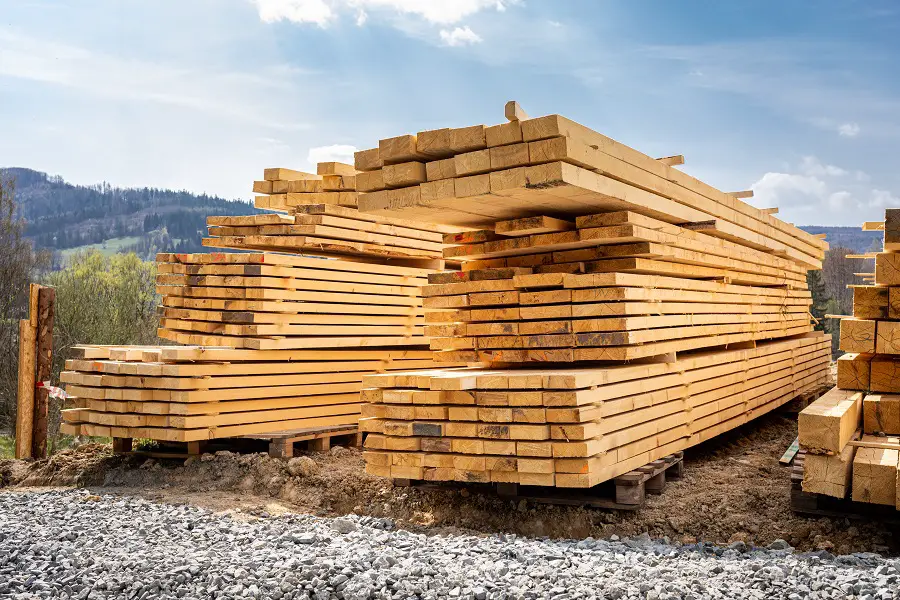
When infested wood can and cannot be used
In view of the above, it can be said that wood affected by blue stain can be used in construction if it is protected from damp. Its compressive strength is not affected so it can be used for making frames for interior wallsfor supporting beams or trusses or other such works in places where there is no risk of water. It is not recommended for use in roof construction, for ashlars or under-roof resistance columns.
Blue stained wood should not be used in construction windowsexterior doors, pergolas, gazebos, landscaping or house cladding. Even if it is coated with water-resistant treatments, its resistance will be less than that of healthy wood. At the slightest crack in the finish, water will penetrate and the wood will absorb it very quickly. Water will stagnate inside, mold and mildew will develop, and eventually the wood will rot.

I hope you find the information useful. If you have any questions or queries, please leave them below in the dedicated space. I will certainly reply.

























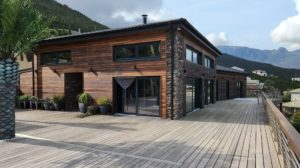

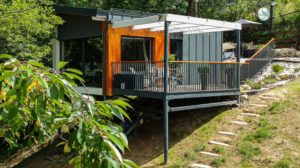


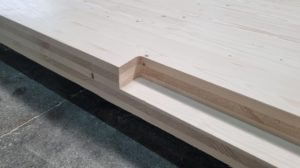
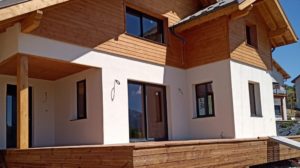
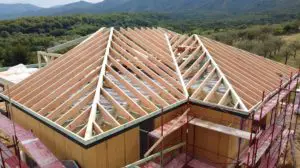



Add comment